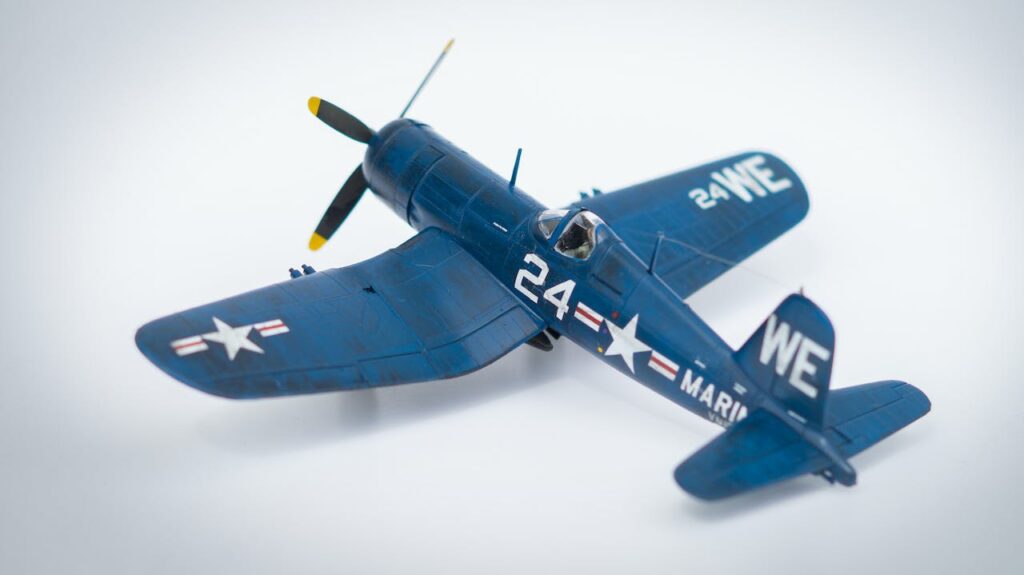The evolution of aircraft technology has been nothing short of remarkable, with advancements spanning from the early days of biplanes to the lightning-fast jets we see soaring through the skies today. As aircraft technology progressed, so did the need for suitable plane hanger designs to house and maintain these sophisticated machines. This article explores how these designs have adapted to accommodate the ever-changing world of aviation.
Early Biplanes and Simple Shelters
In the early 20th century, when biplanes ruled the skies, the designs were relatively simple. Biplanes were smaller and less complex than their modern counterparts, and hangars were primarily used to provide shelter from the elements. These early hangars typically consisted of open-air structures with a roof to protect aircraft from rain and sun. They were often made of wood, canvas, or metal and lacked the sophistication of modern hangars.
The Rise of Monoplanes and Enclosed Hangars:
With the advent of monoplanes in the 1930s and 1940s, hangar designs began to evolve significantly. Monoplanes offered improved aerodynamics and performance compared to biplanes, but they also required more extensive maintenance and protection. Consequently, hangars began to transition from open-air structures to enclosed, climate-controlled spaces.
These new enclosed hangars featured large doors for easy access and were equipped with maintenance facilities to support the increasingly complex aircraft. The shift to enclosed hangars not only protected the aircraft from the elements but also allowed for more extensive maintenance and repairs, which were crucial as aviation technology continued to advance.
The Jet Age and High-Tech Hangars:
The introduction of jet propulsion in the mid-20th century marked a seismic shift in aviation technology. Jets brought unprecedented speed and altitude capabilities, but they also posed new challenges for hangar designs. Jet engines required more specialized maintenance, and the need for safety protocols became even more critical.
Hangars of this era began to incorporate advanced technologies, such as fire suppression systems and specialized tools, to support jet maintenance. The designs also considered factors like ventilation, fuel storage, and environmental controls, all aimed at ensuring the safety and efficiency of aircraft operations.
Modern Jets and Cutting-Edge Hangar Designs:
Today, modern fighter jets and commercial aircraft are marvels of engineering, with computerized systems, advanced materials, and sophisticated avionics. Hangar designs have kept pace with these advancements, becoming high-tech, multifunctional spaces. Here are some key features of modern hangar designs:
Climate Control: Modern hangars are equipped with precise climate control systems to hold optimal conditions for aircraft storage and maintenance. This includes temperature and humidity regulation to prevent corrosion and other damage.
Safety Measures: Safety remains a priority in hangar designs. Fire suppression systems, emergency exits, and strict security protocols are in place to protect both personnel and aircraft.
Advanced Equipment: Hangars are now equipped with state-of-the-art tools and equipment to support maintenance and repairs on complex aircraft systems. Computerized diagnostic tools and robotic systems have become commonplace.
Sustainability: Many modern hangars incorporate eco-friendly components, such as energy-efficient lighting, solar panels, and rainwater harvesting, to reduce their environmental footprint.
Security: With the increasing value of aircraft, hangars have beefed up security measures, including surveillance cameras, access control systems, and even biometric authentication.
Flexible Layouts: Hangar designs have become more adaptable to accommodate a variety of aircraft types and sizes. Modular layouts and movable partitions allow for flexibility in space utilization.
Conclusion:
From the humble beginnings of open-air shelters for biplanes to the cutting-edge hangar designs of today’s jet age, the evolution of a plane hanger closely mirrors the advancements in aviation technology. These have transformed from basic protective structures to high-tech, multifunctional facilities equipped with the latest technologies to support the maintenance and safekeeping of modern aircraft. As aviation continues to push the boundaries of what’s possible, one can expect the designs to evolve further, adapting to the ever-changing needs of the industry and ensuring the continued success of aviation in the 21st century and beyond.

